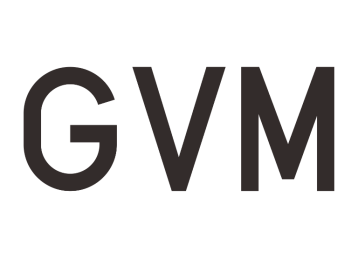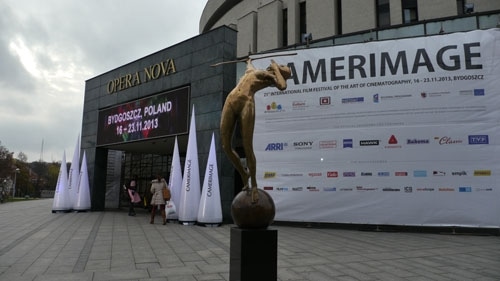
Introduction
In most of the countries around the globe the conditions for professional cinematographers have deteriorated; they face common problems regarding working conditions, social and health protection and lower incomes. However this situation is not restricted to cinematographers. Their dilemma shares much in common with various other categories of film workers and creators.
There is great similarity for example between the working conditions of cinematographers, directors, actors, art designers and even orchestral musicians.
Working conditions for the director and the cinematographer are virtually identical during shooting. Both are involved in often complex decision making and often have to work long days and nights, including week-ends. While the director is occupied with the script, actors and producers, the cinematographer is frequently involved in technical and creative solutions to find image interpretation to move story telling further. To this end he/she uses experience, imagination and knowledge of the cinematographic tools available to achieve the desired lighting and composition effect. As head of department, the cinematographer is responsible for many film-workers on the set. Furthermore the obligation has to be observed to work within the legal framework of the law, whether it is for health and safety or straightforward agreements.
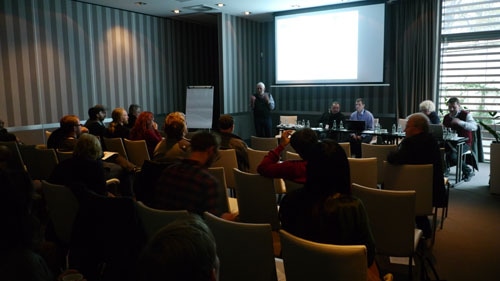
The cinematographer’s job does not end with the last shot of the day or night. As a key player in a position of responsibility he is usually driven by the challenges of creating an emotional and artistic interpretation of the script. Each film production presents challenges and solutions in the search for creative originality. The success of any production depends on the mutual sharing of thought processes between the director and his cinematographer. Theirs is not a “nine to five” daily work existence. The challenges of the following days and weeks shooting have to be addressed when there is quality time for contemplation. Given the unique nature of this profession it is of little surprise that work patterns make it difficult for cinematographers to achieve and maintain a good quality life balance (cfr. First IMAGO Survey on Living and Working Conditions of Cinematographers in Europe and on International Territory, Brussels, February 2012).
Cinematographers’ work patterns of uncertain and less structured working time and poor social and health security is mainly influenced by the predominance of self-employed professionals in the audiovisual sector. Whilst not being in a subordinate relationship, cinematographers are nevertheless to a greater or lesser extent economically dependent on a few companies for their livelihoods. Only in the TV-sector are the majority of film workers still in a position of being in substantial contract employment.
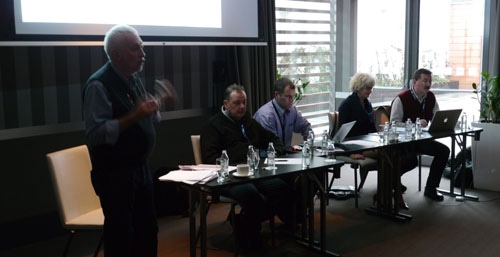
In Europe, for many years it has been suggested that a new, third, legal category is needed in law embracing both employees and self-employed professionals to adequately accommodate economically-dependent workers. In some countries this situation has been recognized by the legislators (for example Austria, Denmark and Italy), but in no case has the legal status of self-employed workers been adjusted to the one of employed workers.
As self-employed workers, cinematographers in some countries are not allowed to join organizations to protect their own interests. Only in a minority of countries can cinematographers be registered officially as unemployed in any Department of Social and Family Affairs. Even when registered they do not automatically get access to unemployment benefits or assistance while they are unemployed. In particular, the standard benefits of health insurance and pensions are frighteningly low compared to other (employed) workers.
Therefore, IMAGO is determined to create a forward-looking strategy and package of initiatives in the context of a campaign entitled “Improvement of Cinematographers’ Working Rights”, which does not only need better communication between existing professional associations in the audiovisual sector in order to enhance constructive action, but should also include a powerful lobby in favor of protection of author’s rights and collecting Rights Societies, pro diversity of broadcasting, film and TV-Production, preservation of film heritage, etc.
Although fundamentally IMAGO will represent and fight for Cinematographers rights, there is no doubt that IMAGO’s goals will affect hundreds of thousands of creative people around the globe.
CameraImage Conference
IMAGO, BVK, PSC & WKB host a full day conference to discuss deterioration of Cinematographers Working rights.
Working rights issue should be divided to two main categories:
– Legal problems / difficulties.
– Practical / implementation issues.
Legal issues
As been mentioned in our introduction most of the Cinematographers consider as self – employed which put them in a very unsafe situation with constant threat of the competition law that avoid us from any organizational activities and lead to a very weak bargaining power.
In addition to the needed work to adjust competition law we must try all the time to find alternative ways to strength the organizational power to increase our bargaining power.
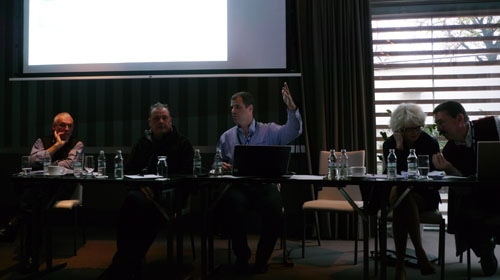
Practical / implementation issues
Increasing the bargaining power without breaking the law today is almost an impossible mission there for we have to be very creative and especially to find all way to co-operate with other craft association such as Directors, Screen Writers, Producers, Actors and Editors.
In CameraImage conference were presented two examples it can be possible, under the legal directing, to maintain an organizational effective work.
BVK (Germany) – BVK directed all members to inform BVK’s office of any contract which the agreed working conditions aren’t been implemented.
Once the BVK gets the information it turn from personal problem to a collective problem as the Producer / Broadcaster now have to deal with the BVK and not with the individual Cinematographer.
According to Dr. Michael Neubauer, BVK CEO, statistically when the case was taking care by the organization it been solving quickly and that without staining the individual or black listed him.
ACT (Israel) – ACT works in two levels: in organizational level among its members and in co – operation with other organizations.
Act “educated” the employers that the working condition agreement of any production must be negotiate collectively between the ACT administration and the producer and not between the individual and the producer. It was a long process but a very successful one. In a way it become a win – win situation, in one hand it is reducing the pressure from individuals while on the other hand it is preventing from the producer the necessity of many individual negotiation. This method of work improves dramatically the actual working condition on the various productions and strength the power of ACT amongst its members and the interior industry.
In addition, ACT constantly communicate with all members with all platforms available (text massages, e-mails, Facebook and meetings) to inform them at all activities and the status of the productions been negotiate.
At the co – operate level, ACT is part of “Creators Forum” which composed by seven associations (Producers, Actors, Directors, Screen Writers, Documentary Creators, Editors). We join forces to fight for all creators’ right, working conditions as author’s rights and any legislation needed. We are lobbing together in the Parliament, standing in one voice in front of broadcasters and any regulation committee or governmental office.
In CameraImage conference we example all been described in this document with specific case studies that prove how creative organizational work can improve Cinematographers daily life in the topic of Working condition and Authors Rights.
It does require resources and wise leadership but once the accurate steps been takes it is definitely possible.
Imago is determine to lead the Cinematographers, on the national as international level, to different and better future and willing to any co – operation with our colleges.





